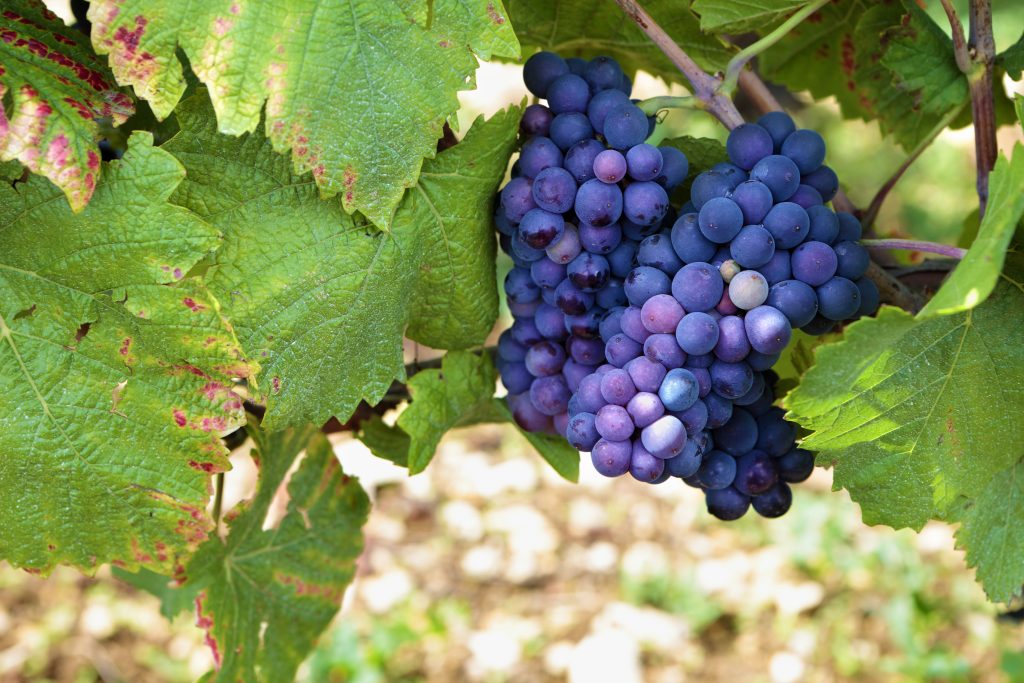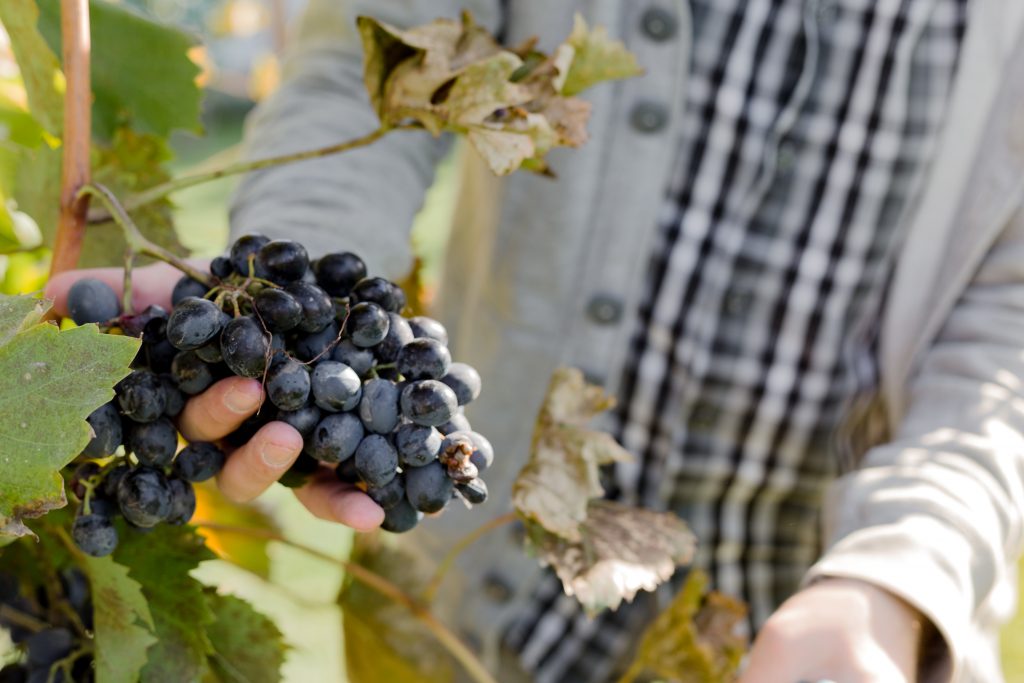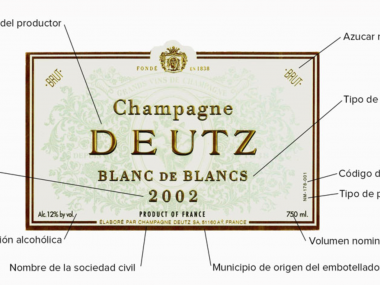In the Pinot Noir week, we explain you everything you should know about this great grape variety, whose best specimens are mainly found in Burgundy, although it can also be found in continental, high altitude or cold regions with maritime influences. It is one of the few red grape varieties used not only in red wine, but also in rosé wine, white wine and sparkling wine.

The Pinot Noir grape
Pinot Noir grapes have different characteristics depending on the terroir where the grapes come from. They have an early budding and ripening, which means that only the cooler regions can provide a long enough growing season to produce interesting wines. In hot climates, Pinot Noir ripens very quickly and the sensitive berries tend to be subject to sunburn.
It is a grape that adapts well to temperate climates and clay-limestone soils. It is recommended to restrict yields and fertility. Pinot Noir tends to produce many small bunches, is delicate and susceptible to powdery mildew, downy mildew, botrytis cinerea, to cicadellid insects and to the virus of short and rolled vine internode.

Where are Pinot Noir wines produced?
Apart from Burgundy, other regions where Pinot Noir wines are produced are continental regions, such as the Jura, parts of Germany, Switzerland and Canada, low latitude regions, such as New Zealand, Tasmania and Patagonia, high altitude areas, such as Alto Adige, or also cold areas with maritime influences, such as Oregon, Sonoma, Carneros, Monterey, the Central Coast of California, the emerging Chilean coastal regions and sub-areas of Victoria and Tasmania in Australia.
Spain, on the other hand, has too high temperatures for the cultivation of the delicate Pinot Noir. However, we can find some interesting examples of high altitude vineyards, such as those of Escoda Sanahuja, in Conca de Barberà.

What are Pinot Noir wines like?
Unlike the aggressive tannins of Cabernet Sauvignon, Pinot Noir wines are relatively soft, fruity and easy on the palate. Young Pinot Noir wines can taste of cherries, raspberries and a wide range of red fruits. As they age, we find aromas of compost, moss, truffle and mushrooms, but always with an underlying, appealing sweetness.
Other wines can also be made from Pinot Noir, such as sparkling wines: in Champagne, the Pinot Noir grape is a key ingredient. In fact, there are more Pinot Noir plantations cultivated in the Champagne region than in Burgundy.







